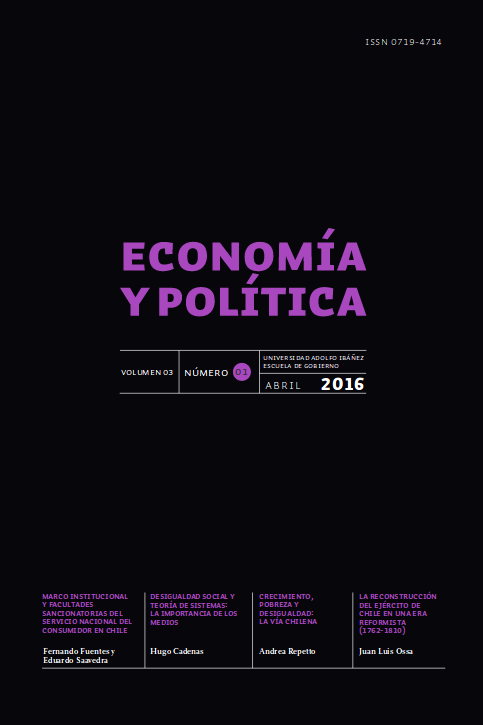Social Inequality and Systems Theory: The Relevance of the Media
DOI:
https://doi.org/10.15691/07194714.2016.002Keywords:
social inequality, social systems theory, symbolically generalized communication media, inclusion/exclusion, functional differentiationAbstract
The article develops a multidimensional conceptual framework aiming to comprehend inequality in modern society. It analyzes three contributions of social systems theory and particularly of the German sociologist Niklas Luhmann on this topic: forms of differentiation, inclusion/exclusion, and social classes. After analyzing compatibilities and conceptual difficulties of these approaches, the article elaborates on the theory of symbolically generalized communication media from Talcott Parsons’ seminal conception to Niklas Luhmann’s reconstruction. Along these lines, it develops an approach to social inequality on the basis of influence as a symbolic medium, the role of this medium regarding other’s communication media convertibility processes, and the consequences of these processes in what we call intermediate social systems. Next, by distinguishing four analytical dimensions: convertibility, control, influence, and inclusion/exclusion, the article offers a taxonomic model of either including or excluding social inequalities. It concludes with a call for a renewal of the existing approaches to social inequality considering new proposals for addressing current societal transformations.


